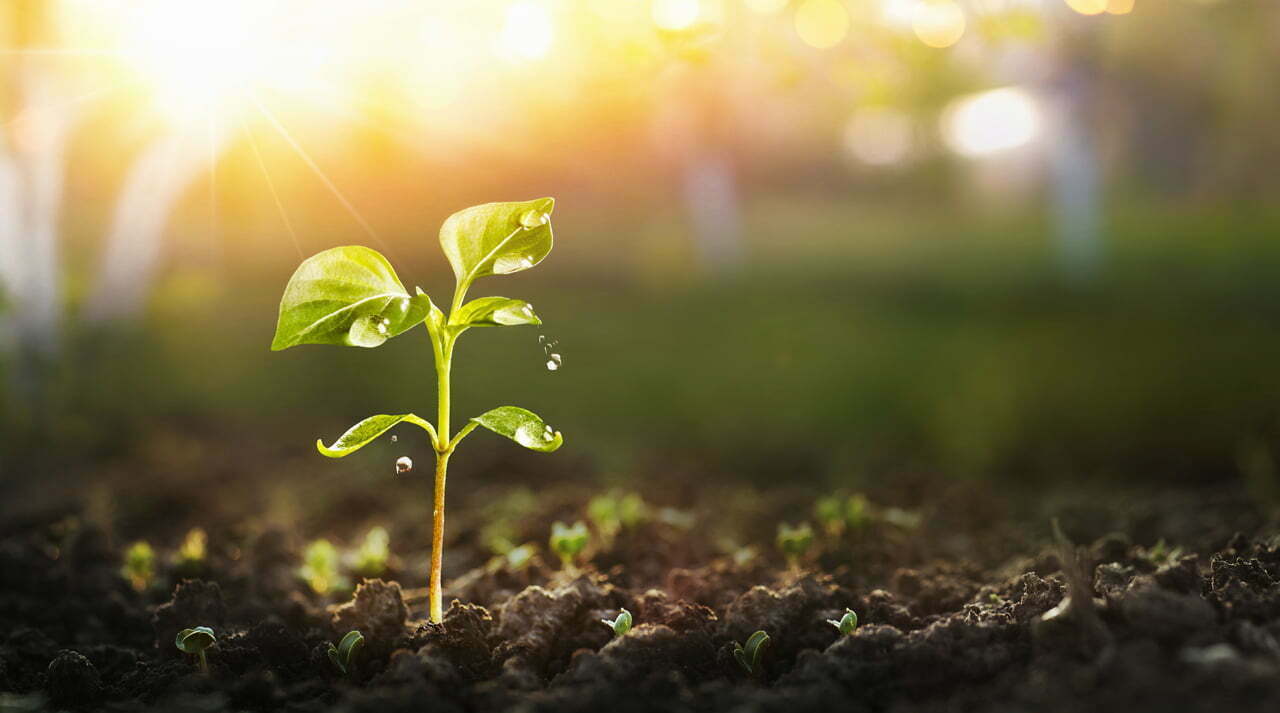What Do You Do With No. 2? – Life With a Compost Toilet

When you are on the road, what do you do with #2? You treat it the way mother nature treats it. From dirt it came, so back to the dirt, it goes. We have always had the perfect method of treating this material. All you need is water, dirt, heat, and a little bit of those great living organisms, bacteria.
At first, in our tiny home, we started out with the traditional toilet with a black water tank. It always stunk when you moved down the road, because every time you would move, it would slosh the stuff around and push the odor out. Not what you want to smell, especially when you have guests traveling with you.
Another issue was that when you have 4 people living in the unit full time, you have to empty the black water about every 4 days. That is a lot of dealing with things you do not want to deal with. With a composting toilet, you fill it up and forget about it for at least 2 weeks. Then, you are only dealing with your waste and not having to fiddle around in an area that has seen a lot of business. And, especially with Covid, I do not want to be in an area like that.

So, for about $1000 for a composting toilet and about another $500 we had our traditional unit switched out with an Airhead. We left the black water tank in place, just in case we wanted to convert it over to a second gray water tank, but we removed the pedestal that the original toilet was sitting on, the toilet itself, and capped the water lines and black water tank. Then, we had the installer place the new unit right over the original black water hole. The new compost toilet hides this original hole, but the one item we did not count on is that the water lines ran between the cabinet on one side and the shower on the other side. We removed the connecting hose, but the manufacturers had cut big gaping holes in each side to run their lines across never thinking that we would remove the step that covered these. For now, the compost installer put temporary covers over them, but it does not look pretty. So eventually, we will need to revise this cosmetically.
After installation, it just takes a few minutes to add water to the bulk medium of coco husk and just let it sit for about 3 hours. Then, you just fill up the compost tank halfway, put the top on and you are in business.
We have officially christened the toilet and it is not much different using a compost toilet from using an RV conventional toilet. For conventional RV toilets, there is usually minimal to no water in the bowl. It is the same with a compost toilet. For a compost toilet, any liquid in the bowl immediately flows down, and then for any remainder, you just push the side lever and then it falls to the lower compartment, into the composting medium. Then, you close the lid and turn the crank, and you are done. With a conventional RV toilet, all of the contents in the bowl are flushed down into the black water tank with an excessive amount of water and usually with a healthy dose of petroleum-based chemicals to help the definite smell.
I actually like a composting system better, it does not use water, it is quieter because you do not need to activate the pump for more water, and you have a fan operating continually to dissipate any odors from the unit, as well, as I mentioned previously, you will only have to empty the system every 2 weeks at the most. And, it is very easy to empty the system, you can either discard it in a waste receptacle, put it into a pit toilet, leave it in a secondary container in your tiny home or deposit it into a container in a yard or any other place until the medium has fully done its job.
Then, after 2 – 3 months, your medium will be fully composted and you may add it to your landscaping or potted flowers. You will definitely see a great improvement in your plants and trees. However, manufacturers recommend you do not use it on any gardening that will come in contact with food items.
I am excited about the future of our system. It will create the opportunity to be more independent from dumping stations and our freshwater tanks will last much longer. As well, this system is much more gentle on our earth and provides good nutrients back into the soil. So happy composting. I would definitely recommend it and it is definitely worth a try.
